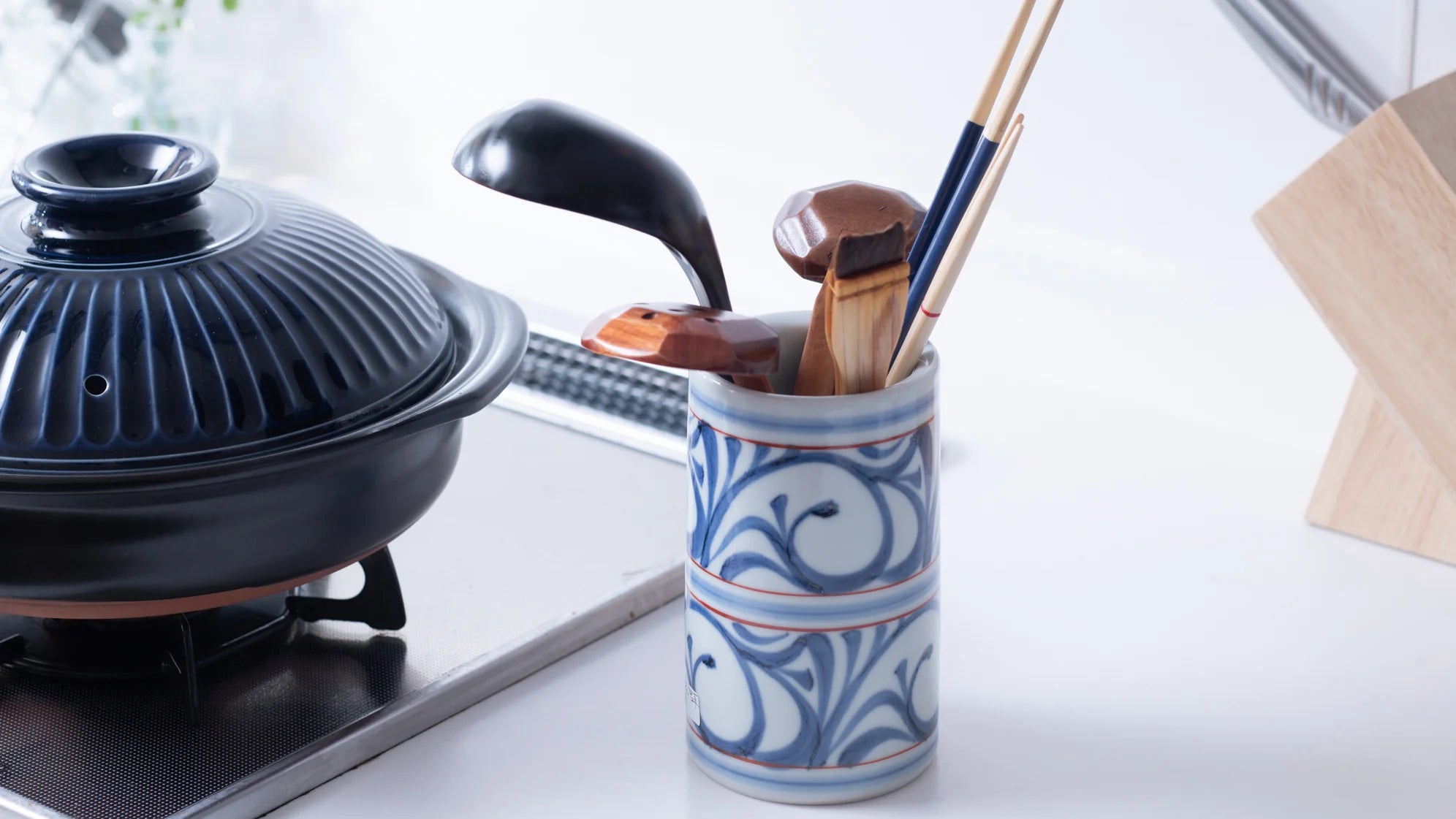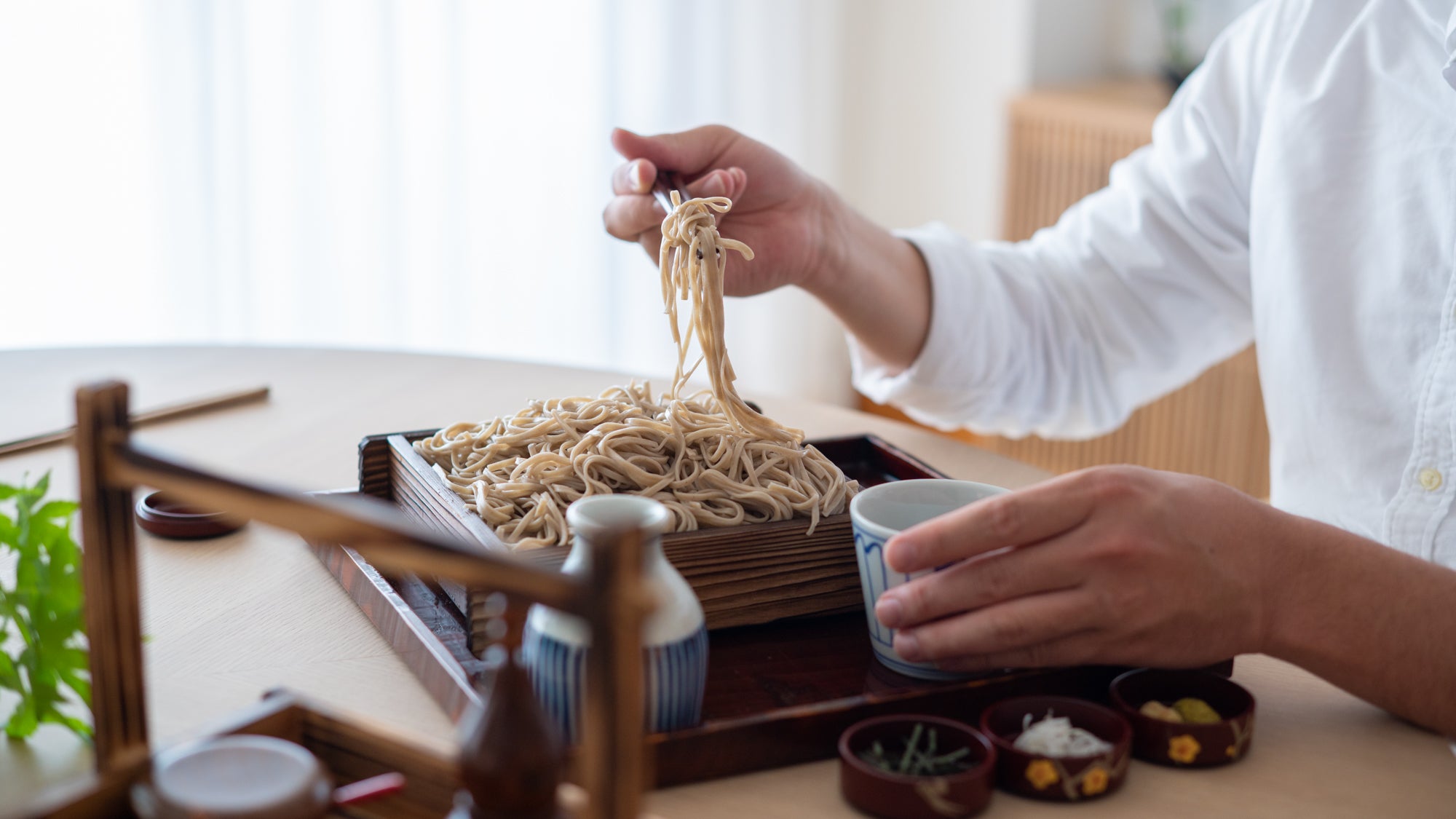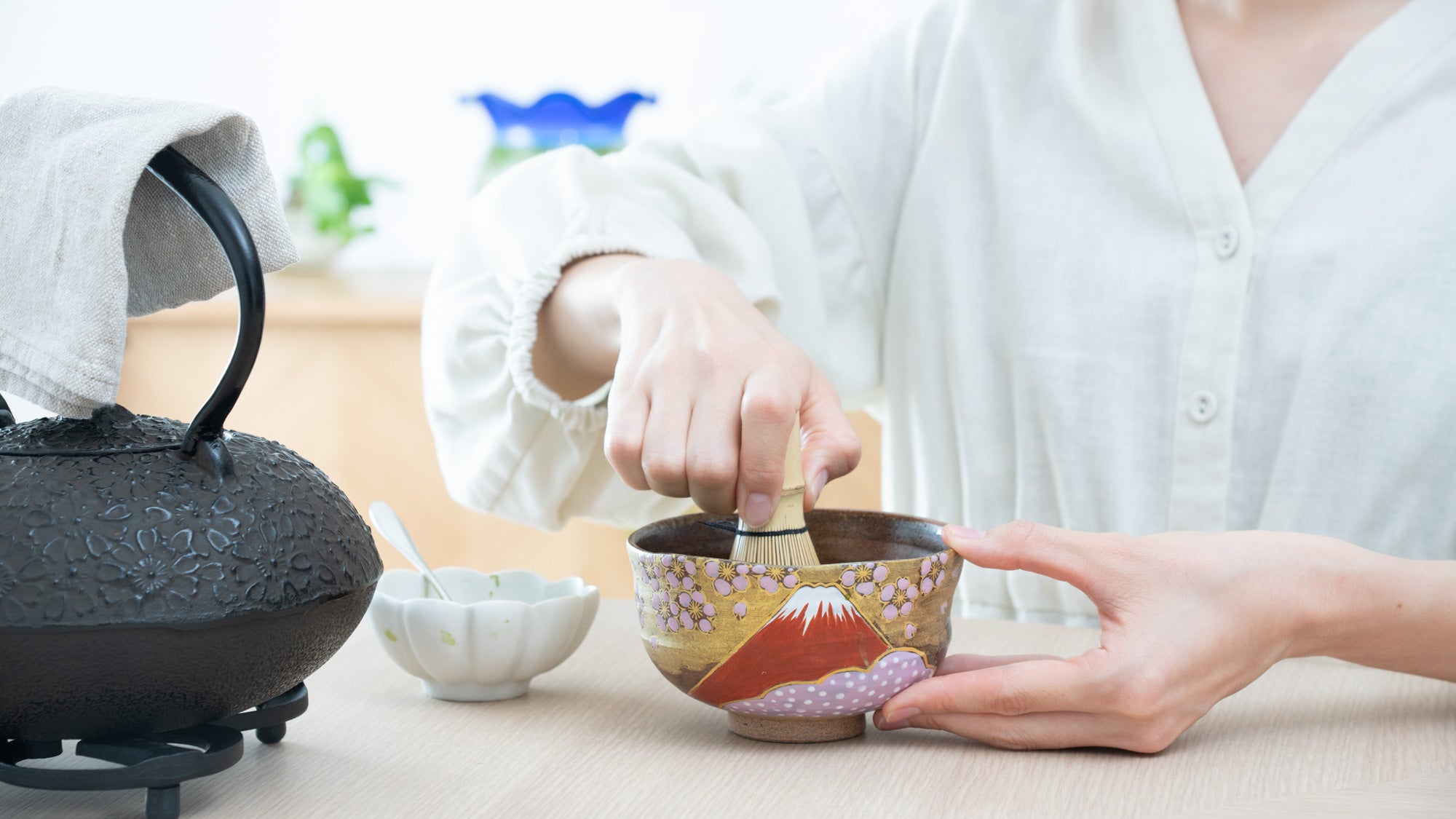23 Aug 2022
Japanese Motif with Fall Inspiration

Each country around the world has its own distinctive sense of seasons, and in Japan, the four seasons of spring, summer, fall, and winter have their own distinctive motifs.
Fall in Japan is a very aesthetic expression of the lonesome feeling behind the moving toward winter, in concept with the philosophy of Wabi Aabi. Many works of Japanese art poetically express this sentiment of missing a lover or hometown as the trees turn color and dance down, and the weather gradually becomes chilly.
Fall is also the season of harvest, and there is a tradition of enjoying the full moon in Japan. Based on these aspects, we would like to introduce some motifs that are perfect for expressing the Japanese fall season.
Contents
- Botanical Motifs
- Food Motifs
- Red Dragonfly
- Moon and Rabbit
- Conclusion
Botanical Motifs
Plants always show us the expressions of the changing seasons.
In Japan, foliage changing color to red and yellow is a typical fall scenery, and silver grass and rice ears swaying in the wind in fields and rice paddies are fall motifs that evoke nostalgia in Japanese people.
Also, the chrysanthemum flower is the most representative fall flower in Japan, and there is a beautiful custom of drinking sake with chrysanthemum petals floating on it in September.
Maple Leaf

Maple is one of the most typical foliage colors of fall in Japan. The fiery red color of its leaves is more vivid than that of any other plant or flower, and creates a very dramatic scene in a garden.
Especially in temples and their gardens in Kyoto, the season of fall maple leaves is highly favored by tourists, just like cherry blossoms in spring, because it reflects the historical scenery even more poetically. Maple leaves are a fall motif that evokes the beauty of such an unforgettable fall season.
Gingko Leaf

Gingko leaves are also a popular fall colorscape, second only to maples. Unlike foliage trees that turn red, ginkgo leaves replace the bright golden yellow color to create a very splendid scenery.
Gingko tree-lined avenues are common in Japanese urban areas, and in fall they become dramatic places where golden leaves dance in the air.
Ears of Grasses

Ears of silver grass, rice, wheat, etc. are plants that form the characteristic fall countryside landscape of Japan. While in the West, silver grass is usually found in large garden plants such as pampas grass, in Japan it often grows in clusters along riversides and other waterfront areas, and its silvery ears can be seen waving in the wind in the fall.
And rice are harvested in the fall, and the ears drooping, have long been a symbol of pleasure for Japanese farmers. The scene of ears of rice in full ripeness is symbolic of traditional Japanese culture.
Chrysanthemum

Chrysanthemum is the flower that symbolizes fall in Japan and has been cherished as a symbol of the imperial family, even being engraved on the Japanese passport as an emblem.
On September 9, there is an annual custom called Chou-you-no-Sekku, which centers around the chrysanthemum flower, such as drinking sake with chrysanthemum petals, which have sterilizing and anti-aging properties, to pray for health and long life, or stuffing chrysanthemum flowers into pillows and sleeping surrounded by their fragrance.
Autumn in Japan is also filled with chrysanthemum-related events, such as the "Chrysanthemum Flower Exhibition," which brings together all the magnificent chrysanthemums grown with great care by horticulturists.
Recommended Items

Ihoshiro Kiln Leaves Series Mino Ware Chopstick Rest
View Item
Fukunishi Sobe Sakura and Autumn Leaves Aizu Lacquer Sakazuki Flat Sake Cup Set of 2
View Item
Kinzan Kiln Shugu Kinsai Chrysanthemum Gourd Sake Carafe
View ItemFood Motifs
Fall is known as the season of harvest, and in Japan, it is called "Fall for the Appetite," as we can enjoy delicious dishes made from freshly harvested ingredients.
These foods are also a fun and interesting motif that evokes autumn, in contrast to the solitude and poetic sentiment often associated with Japanese autumn motifs.
Pumpkin

Pumpkin is one of the most representative food motifs of fall in Japan as it is in the West. In Japan, the most common way to eat green-surfaced pumpkins is to stew them in water, soy sauce, sugar or mirin, bake them, or use them as ingredients for sweets.
Known as a motif often used by the contemporary Japanese artist Yayoi Kusama, pumpkin motifs have become increasingly popular in recent years.
Persimmon

Fall is the time for harvesting various fruits, and the persimmon is one of the most representative Japanese fruits and has been a historical symbol that has appeared in various anecdotes and fairy tales since ancient times.
In the Japanese countryside, persimmon trees are often planted in private homes, and in the fall, you can see people harvesting the fruit and drying it under their roofs to make dried persimmons with concentrated sweetness.
Mushrooms

In Japan, a wide variety of mushrooms can be found on the dinner table. Shiitake, Shimeji, Eringi(king oyster mushroom), Maitake, and other mushrooms of various shapes, textures, and flavors are enjoyed in a number of ways, such as stir-fried or cooked in a pot, and are a favorite part of fall in Japan.
Mushrooms are a popular motif in Japan as designs and characters because of their adorable appearance, like dolls or dwarves wearing hats, and they are also a favorite motif in home decorations to express fall around the time of harvest.
Recommended Items

Ihoshiro Kiln Autumn Food Series Mino Ware Chopstick Rest
View Item
Persimmon Yamanaka Lacquerware Tea Canister
View ItemRed Dragonfly

Insects are also a characteristic feature of Japanese fall, mostly enjoying the bell-like sound they make as nature's background music rather than their appearance.
The red dragonfly is a favorite autumn insect. Its red color harmonizes with the light of sunset, and its flight over the rice paddies is quite idyllic. The image of rice paddies with red dragonflies flying over them has become an established part of the hometown scenery, and they often appear in fall nursery rhymes.
Recommended Items

Senzan Kiln Dragonfly Tobe Donburi Bowl M
View ItemMoon and Rabbit

In Japan, there is less rain during the fall season, and the moon and stars can be seen clearly in the night sky.
The Japanese fall moon is dazzling, and in October, there is a custom called "Jugoya," which means fifteenth night, to celebrate and appreciate the beauty of the moon. It is a strange custom to offer sweet rice dumplings to the full moon and decorate an altar with silver grass, but it is a very mysterious and intriguing custom, isn't it?
The pattern of the full moon is different in each country, but in Japan, the most favored pattern is that of a rabbit pounding rice cakes. Therefore, it is believed that rabbits live on the moon, and rabbits are often depicted in Japanese moon motifs at the same time.
Recommended Items

Ri Sanpei Moon Rabbit Arita Round Plate
View Item
Seikou Kiln Rabbit and the Moon Kutani Ochoko Sake Cup
View ItemWho found a little autumn?
The phrase "Who found a little autumn?" is an English translation of a typical Japanese fall children's song. It is a song about feeling the arrival of fall in small things such as birdsong, the sound of the wind, and the color of autumn leaves, but it also expresses a very melancholy sentiment.
In Japanese music and Haiku, the sentiment of autumn includes sadness, but on the other hand, there are also mottos such as "autumn for appetite" and "autumn for sports" for those who enjoy various activities in the pleasant autumn weather.
What kind of autumn can you find in your world? Let's savor the coming of fall with our eyes, ears, and food, and incorporate it into your autumn interior and table setting.



























































































































































































































